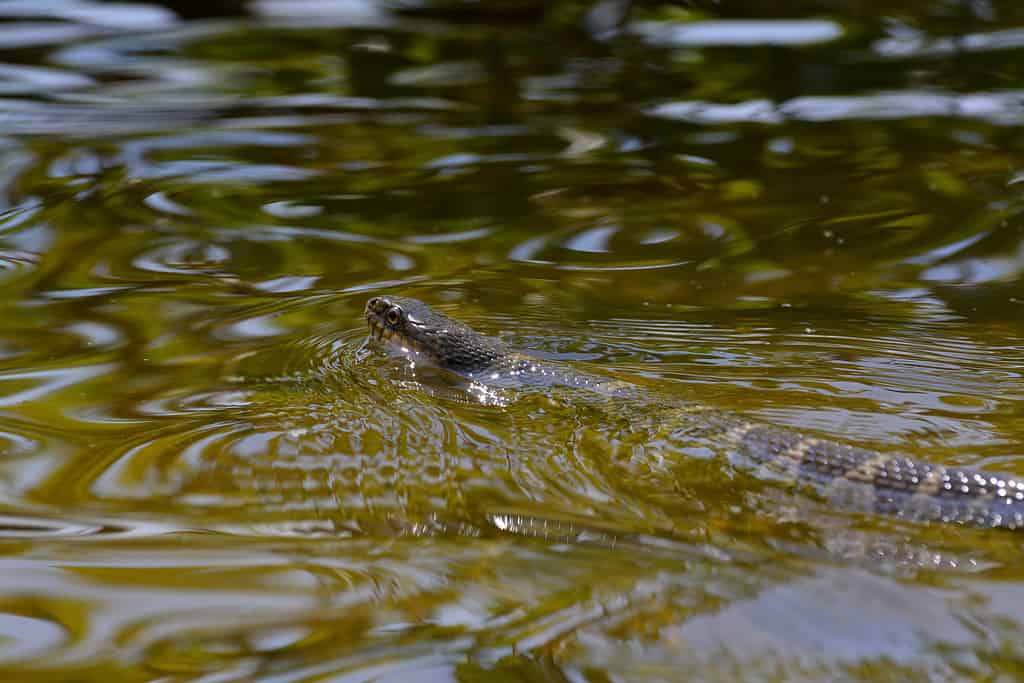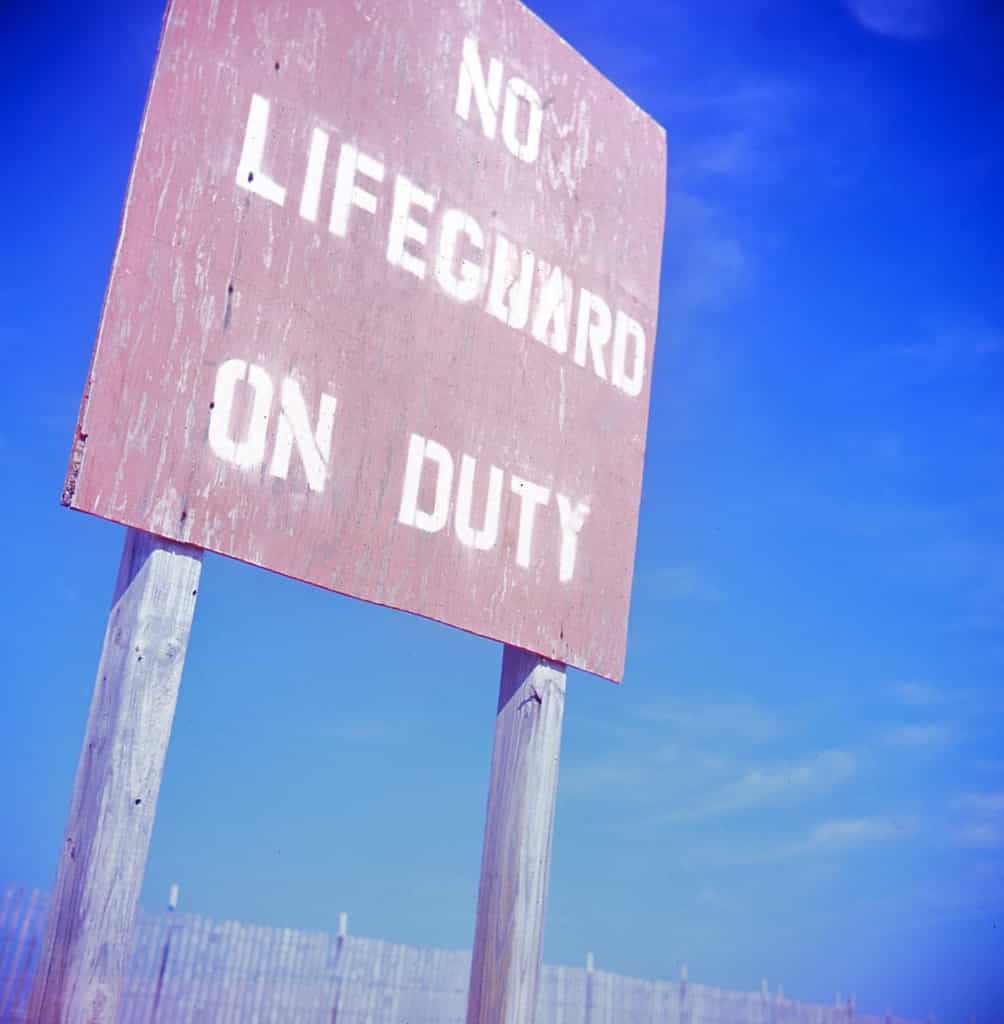St. Mary’s River is one of Georgia and Florida’s most beautiful scenic backdrops, starting in the Okefenokee Swamp. It creates a gentle border between the two states, doubling as a curvy boat path. The portion of this river in just Georgia is 765 square miles, primarily Kingsland and Folkstone.
The white sandbars and hardwood forests go by as you ride along with the current. With the pale beaches and the tea-colored water, it has consistently served as one of the most relaxing and productive places for fishing. It has many pine trees, which is why it previously served as a resource for lumber mills until the end of the 20th century. Without this necessity for either state’s agricultural industry, what is the state of St. Marys River to the public?
Where is St. Marys River?
Named by the United States Geological Survey, St. Marys River is located in both Georgia and Florida. It starts in the Okefenokee Swamp and ends at the Atlantic Ocean. Local cartographers place the start of the river basin at the most southern point in Georgia, even though the state has partial authority over it. This proximity means that some dangers that impact the river come from these sources, putting consumers at a drastically higher risk.
It flows from Trail Ridge as River Styx before entering the swamp as the official start of the river. Then, as it flows northwest, it exits the swamp and becomes a stream while going southwest instead. The stream merges with Moccasin Creek before exiting the swamp a second time, flowing in multiple directions before it ends at the ocean. The end of the river’s path is closest to Fernandina Beach (FL) and St. Mary’s (GA).
Before the federal government named it, local tribes called it “Thlathlothlaguphka” or “Phlaphlagaphgaw.” The translation means “rotten fish.” The only reason that European settlers changed the name is because they struggled to pronounce the tribe’s moniker for it.
Water Pollution in St. Marys River

Much of the pollution in St. Mary’s River comes from pesticide runoff, leaking septic tanks, and legal wastewater release.
©Nadezda Murmakova/Shutterstock.com
Pollution is the biggest hazard consumers might face in the St. Marys River. By the end of 2018, a total of 8 facilities received full authorization to release their wastewater into the river basin. Both Alligator Creek (FL) and Spanish Creek (GA) show evidence of surface water changes because of the wastewater treatment plants with this authority. The developing industrial buildings pose a major threat to the long-term water quality in the river basin.
Runoff from nearby farms and other land makes St. Marys River a bit more degraded. While they don’t directly release chemicals or other waste into the water, rain and wind allow pesticides to run into the water. Leaking septic tanks also put a lot of unnecessary waste into the water. No authorities purify it out of concern for local wildlife and plants.
The pollution in this river is unique. None of the compounds that enter it rule out the basin as a source of drinkable groundwater. The St. Marys River Management Committee’s role is to help minimize the runoff from these properties. Luckily, the water’s colors come directly from the peat and vegetation in the river basin rather than the pollution.
Fish in St. Marys River
While many of the fish in St Marys River are perfectly safe, the biggest predator in the waters is the sturgeon. The blackwater of St. Marys River leaves many people without a view of the fish beneath, despite the 50+ species that live here. With acidic water and many variations in flow, most fish aren’t productive. The fish populations in the St. Marys Basin are limited in productivity by acidic waters, low alkalinity, and extreme variation in flow.
The most common fish, apart from the sturgeon, include black bass, bream, catfish, bluegill, and sunfish.
Sturgeon

St. Marys River offers one of the few southern rivers that both Atlantic and short-nose sturgeon swim in.
©iStock.com/RussieseO
In this river basin, both Atlantic and short-nose sturgeon find a home. These fish initially hatch in freshwater areas (like the St. Marys River) but go to the sea until they are ready to span. They aren’t a direct threat to you, but their high jumps out of the water can sometimes injure passing boaters.
Due to the sturgeon’s attraction to this river, some researchers want to increase the population. By seeding the river, researchers believe that sturgeons would return to spawn. The last century brought a drastic drop in the river population of sturgeon. While it used to be abundant, the current population is still only 1% of what it once was
Black Bass

Even though many anglers seek out the black bass in St Marys River, they aren’t commercial fish.
©DW Art/Shutterstock.com
Black bass is a freshwater fish that lives all over North America. Most people boat along the river to catch them as a game fish, giving them a big challenge when hooked. When they reach their full-grown length, they often reach over 3 feet when given ample space to grow. Their dark patterns along the side of their narrow body make them easy to spot.
Bream

The bream found along this river ranges from 12-20 inches long, and they aren’t dangerous.
©Andrej Jakubik/Shutterstock.com
Bream, like black bass, is a freshwater fish. This term loosely describes the narrow fish, considering the many variations. When caught, they have a clean taste. As part of the carp family, their small head and flat sides make them easy to recognize. They aren’t a popular game fish, but anglers might catch them to use as bait for bigger species.
Catfish

Catfish
pose no threat to swimmers, but they are one of the most appealing fish for anglers along the St. Marys River.
©Aleron Val/Shutterstock.com
Catfish covers a broad group of ray-finned fish, but their most noticeable attribute is their mouth. Featuring whisker-like barbels, these fish have an incredible sense of smell and hearing. They make their home in dark waters like the St. Marys River because they easily hide and find their food within it. This species has so many variations that Antarctica is the only place without them.
They prefer freshwater environments, even in shallow depths. While the catfish might surprise you if it brushes past your legs, swimming with them is safe.
Bluegill

Bluegill is sometimes referred to as bream or sunny.
©RLS Photo/Shutterstock.com
The fast-moving bluegill is one of the most common fish to find in the river. They use synchronized fin movements to change direction or move forward rapidly. This fast movement primarily comes from the notched caudal fin, increasing acceleration as they get away from potential threats. They have to see to feed, even when they look to forage. While the blackwater is difficult to see through, bluegill tends to hunt during the daytime to satisfy their hunger.
Bluegill is not threatening to anyone. Still, you will know if you are startled by the quick and startled movement as they swim away. If you want to fish for them, some anglers use polarized sunglasses to give them a better view of the blackwater of the St. Marys River.
Sunfish

Sunfish prefer to live in the areas with the most vegetation, which makes St Marys River the prime spot for them.
©Brookieland/Shutterstock.com
The freshwater sunfish account for 38 different species. It falls within the same family as the largemouth bass, rock bass, or bluegill. The species of sunfish determines how big they are because so many different fish fall into this family. While some sunfish are just a few inches long, others surpass 3 feet as adults.
Sunfish are harmless to humans. While they are aggressive within their territory, they aren’t dangerous to swimmers—many boaters like to fish for them to bring home after a hunger-inducing ride along the river.
Water Snakes In St. Mary’s River
While Florida isn’t well known for water snakes, there are two possible snakes you might see in St Marys River – the banded water snake.
Banded Water Snake

While the banded
water snake
is non-venomous, it bites if it feels threatened.
©Lincoln Griffith/iStock via Getty Images
The majority of banded water snakes reach between 22 and 42 inches in length. While such a large reptile should be hard to miss, the dark waters of St. Marys River conceal their brown and black body well. They remain the same as juveniles or adults, breaking up larger black sections with light brown banding. The only place that you won’t find a banded water snake in Florida is in the Keys. They remain the most popular water snake in the region.
Lack of Supervision for Recreational Activities in St. Marys River

Authorities have not assigned a lifeguard to this river, leaving the responsibility of safe swimming to visitors.
©Creative Commons – License
St. Marys River gets a lot of attention for its beautiful beaches, which provide the perfect backdrop for swimming. Local travel websites encourage swimming and other recreational activities in the area. If you aren’t a good swimmer, or if you bring children, remember that you are responsible for safe swimming. Take along a vest or other precautionary accessories to avoid lasting mistakes.
Even without poisonous or aggressive animals, remember that this river basin is still their home first. If you take the time to swim or explore, keep an eye out for local wildlife, maintaining a safe distance. Do not disturb local wildlife, and keep an eye on your surroundings.
Is St. Marys River Safe to Swim In?

St. Marys River offers many beaches to jump in and enjoy the blackwater basin.
©Irving Bartlett/iStock via Getty Images
St. Marys River, with minimal pollution or dangerous fish, is safe to swim in. It shares almost a mile of coastline with the Atlantic Ocean which offers the perfect starting point to wade. If the shelling and surfing don’t appeal to you on these coasts, you still have 2.5 miles of coastline along the Amelia River and St. Marys Inlet. All of these areas are safe for swimming, but it is still up to visitors to be cautious when they swim. Despite many non-aggressive species in and near the water, respecting the local wildlife is the easiest way to avoid getting hurt.
The biggest dangers are pollution and lack of lifeguards to monitor these areas. Local authorities have several measures in place to improve water quality, and local areas have already seen a change. Still, without supervision, you need to take every precaution when getting in the water. Avoid diving in shallow areas and check with local weather reports to remain safe from storms or flooding.
The photo featured at the top of this post is © Cory Woodruff/Shutterstock.com
Thank you for reading! Have some feedback for us? Contact the AZ Animals editorial team.






